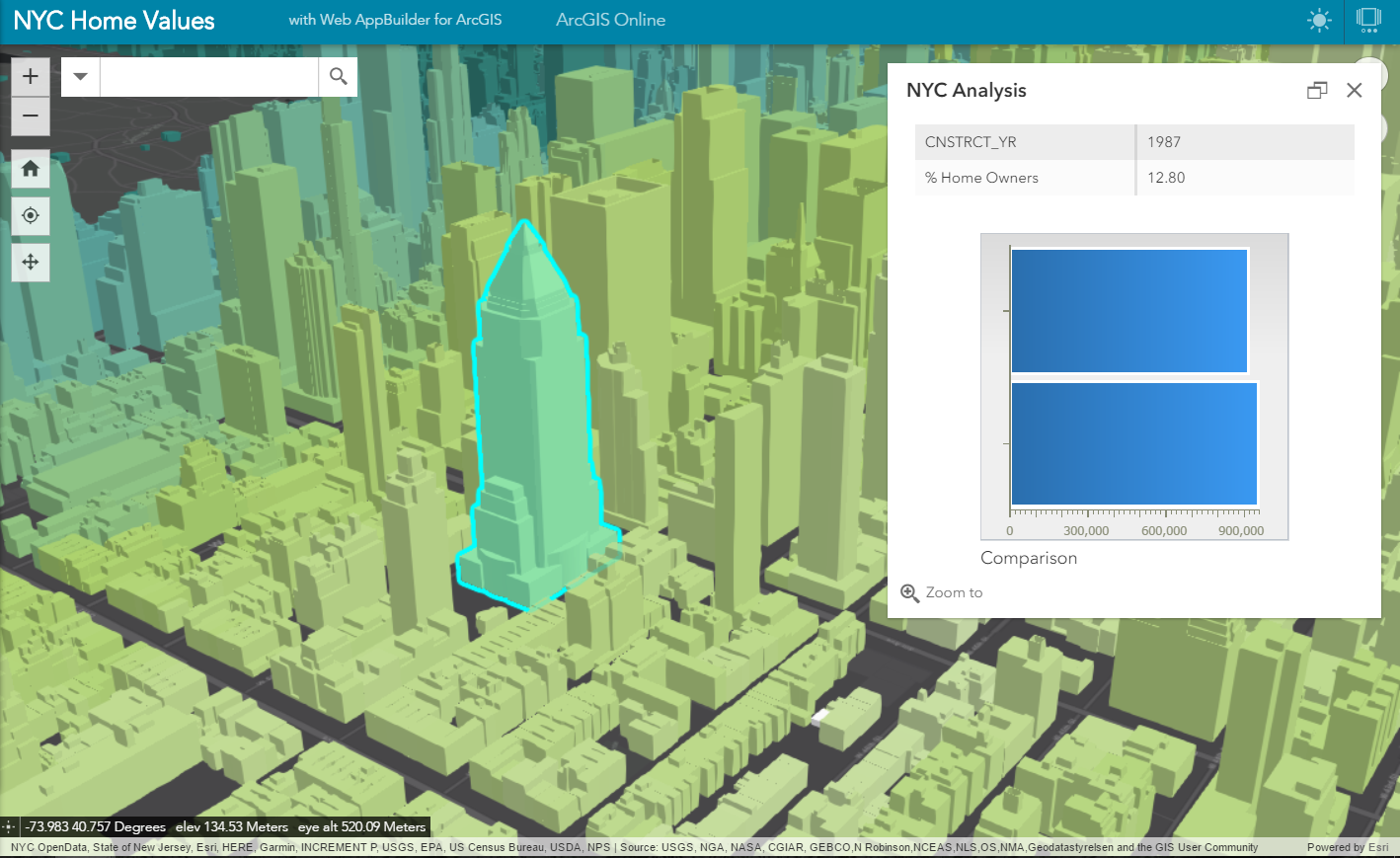
GetMessages ( 2 )) # Return python error messages for script tool or Python Window arcpy. Syntax 3D(in_features_minuend, in_features_subtrahend, out_feature_class, \n '.
#Enclose multipatch how to#
See Working with 3D set operators for more information on what set operators are and how to use them. This tool is a 3D set operator that provides analytical functions on 3D features. If necessary, a spatial join to the source features or a relationship class to the optional output table can be constructed to map attributes from the input features to the output dataset. The output features will not have any of the attributes of the This tool's execution can be very time consuming, and care should be taken when selecting input datasets. Exercise caution when determining the data used for this analysis. The Is Closed 3D tool can be used to determine if a multipatch feature class contains closed features, and the Enclose Multipatch tool can be used to eliminate gaps in multipatch features. Input features that are fully enclosed by a subtract feature will be completely removed in the output Usage Closed multipatch geometry is required for this analysis. Illustration UsageĬlosed multipatch geometry is required for this analysis. The same message is returned if a group contains multipatches that share no volume or space.Īn optional table can be created to identify the attributes of the source features that were unioned to create each unioned output.Eliminates portions of multipatch features in a target feature class that overlap with enclosed volumes of multipatch features in the subtraction feature class. Use caution when deciding how many features to aggregate, as very large and complex features may be created in the output feature class which may exhibit poor display performance.Ī warning stating that the resulting feature is not simple and could not be created is raised if two or more multipatch features share only an edge or a vertex. Optimization can also be disabled in the absence of a grouping field if the desired output is to union all overlapping features into a single multipatch. Disabling optimization can increase the tool's performance if a grouping field has been specified. When optimization is enabled, the tool attempts to automatically subset theįeatures into groups by analyzing the bounding box for each feature. Rather than comparing a feature against all features, it is only compared against those that participate in its group.

This can significantly improve performance by reducing the number of times the tool must iterate through the dataset. This process occurs iteratively until all multipatch features in the feature class have been processed.Ī grouping field can be used to identify features to be unioned, such as when the multipatches represent building parts in a city where multiple features represent one building. Multipatch features encompassing overlapping volumes are combined by intersecting the shells of the features and removing redundant interior portions. Closed multipatch geometry is required for this analysis.


 0 kommentar(er)
0 kommentar(er)
